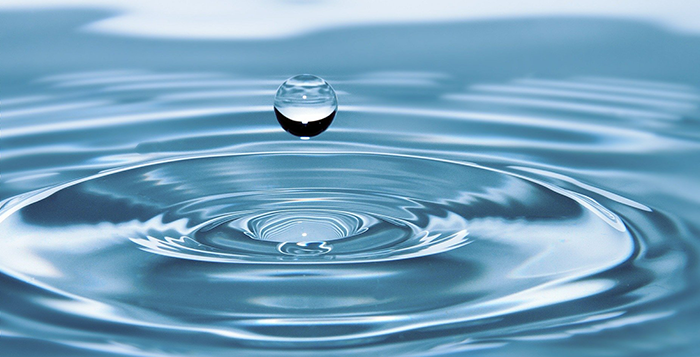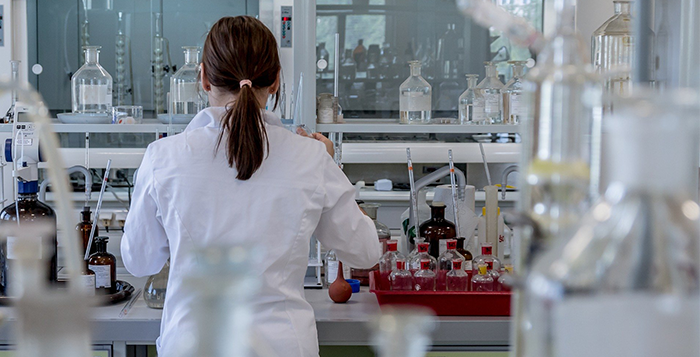Menu
- About KEITI
-
What we do
- ESG Management Support
- International Environmental Cooperation
- Fostering environmental companies
- GREEN CLUSTER
- Environmental R&D
- Eco Label & Green consumption
- Sustainable Consumption and Production
- Environmental Safety and Health
- Scholarship program for international environmental cooperation(MGLEP)
- News





 A technology for optimal management of underground water supply using IoT-based Well Network System
A technology for optimal management of underground water supply using IoT-based Well Network System A core base technology for satellite imaging radar payload used to diagnose water resource informationDevelop technologies to manage urban ecosystem structures and their functions
A core base technology for satellite imaging radar payload used to diagnose water resource informationDevelop technologies to manage urban ecosystem structures and their functions A water and sediment discharge measurement system to take action against water disasters
A water and sediment discharge measurement system to take action against water disasters

